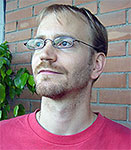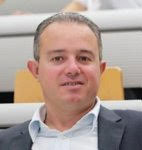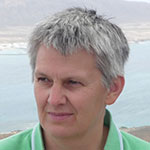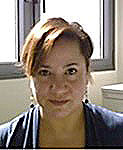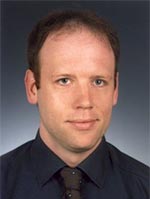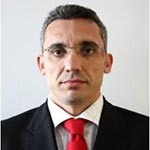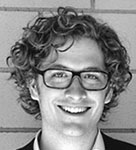
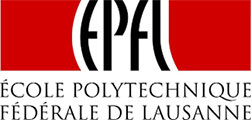
Bjoern Niesen earned his M.Sc. degree in Nanosciences in 2008 from the University of Basel, Switzerland. In 2012, he received his Ph.D. degree from the Katholieke Universiteit Leuven in Belgium, while he was at the interuniversity microelectronics center (imec), working on plasmonics for organic solar cells. Since 2012, he has been at the Photovoltaics and Thin-Film Electronics Laboratory at École Polytechnique Fédérale de Lausanne (EPFL) in Neuchâtel, Switzerland, where he initially worked on thin-film silicon multi-junction solar cells and currently leads the development of perovskite solar cells for high-efficiency tandem cells. Since 2015, he has also been affiliated with the Centre Suisse d'Electronique et de Microtechnique (CSEM) PV-Center in Neuchâtel, Switzerland.
Tandem Si/Perovskite solar cells
For application in tandem cells, the perovskite absorber layer has to be highly transparent at photon energies below its band gap. Any light absorbed in this sub-bandgap wavelength range would neither contribute to the photocurrent of the perovskite cell nor be transmitted to the silicon bottom cell, and therefore would severely limit performance.


